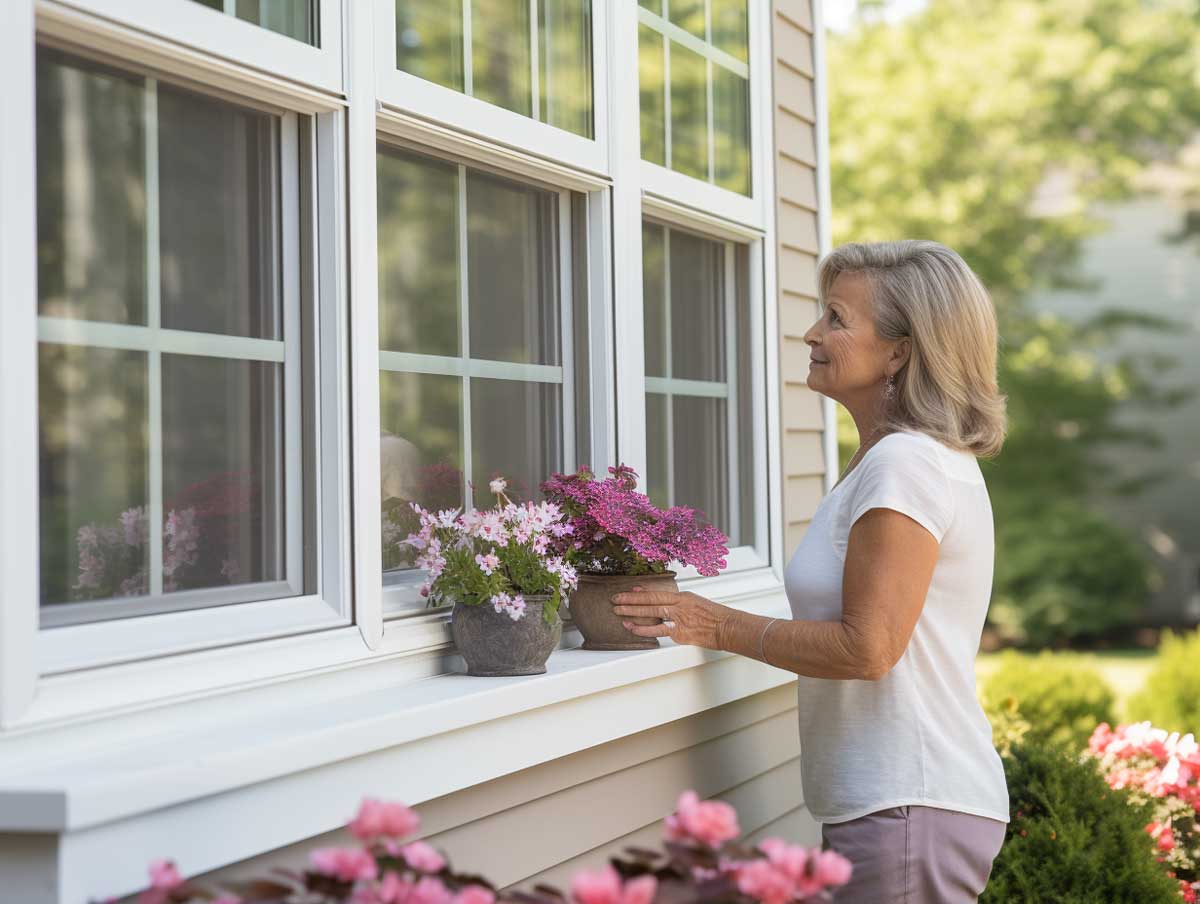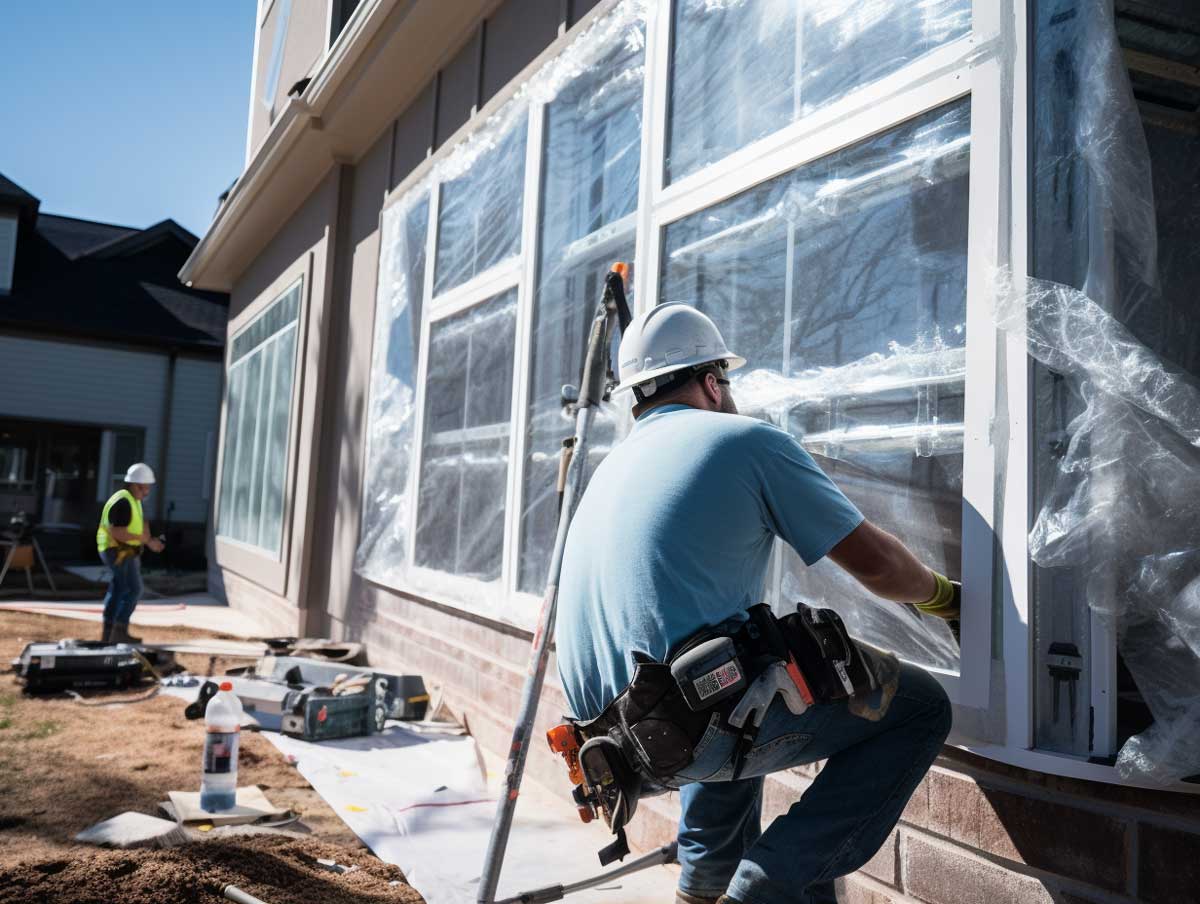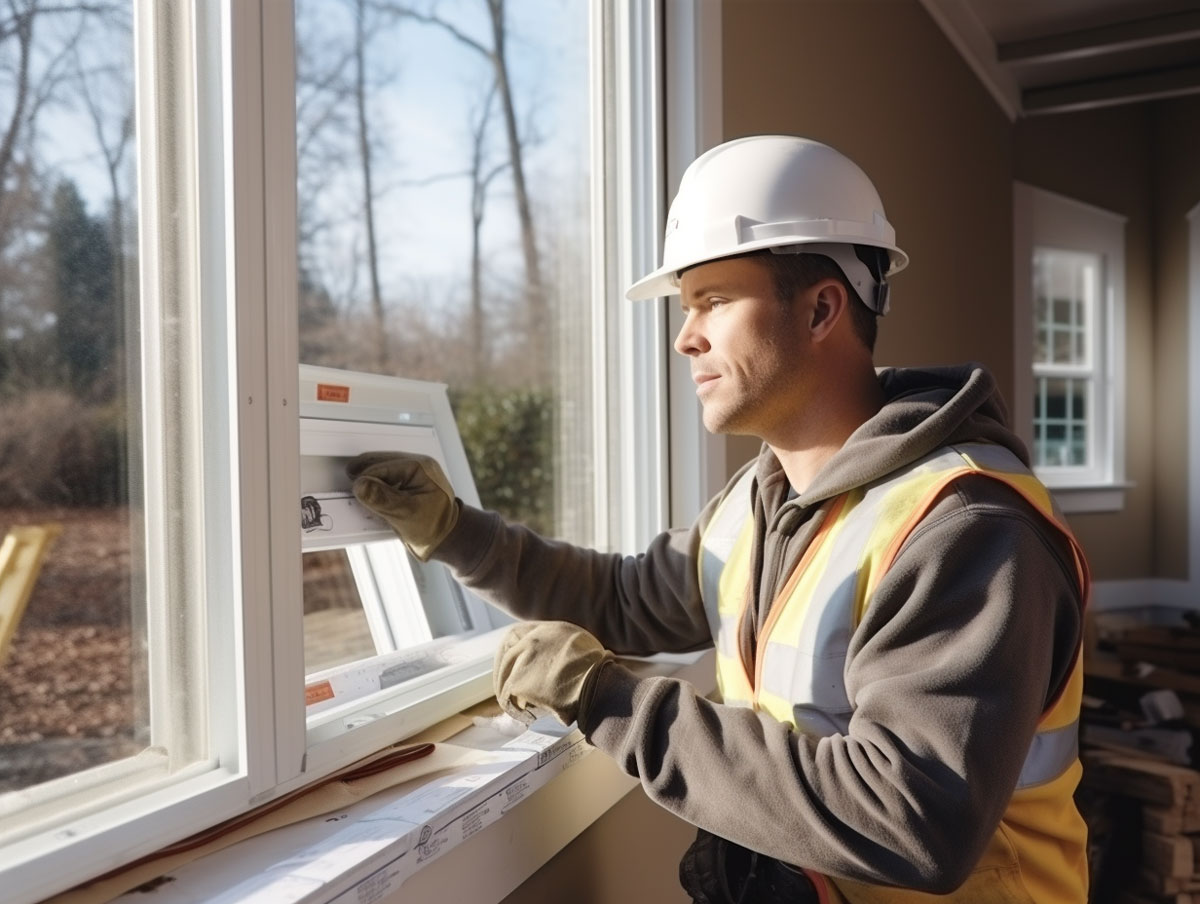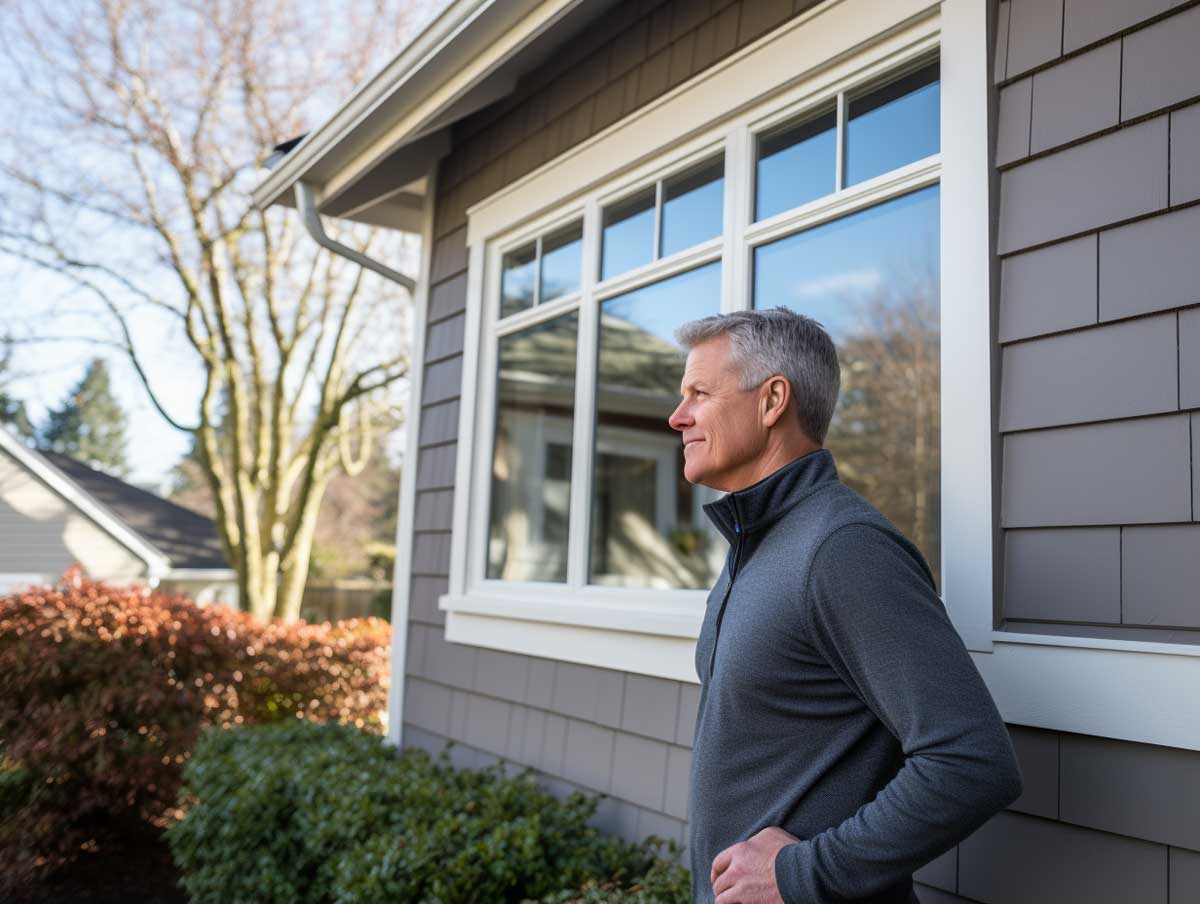Window replacement is a crucial aspect of home maintenance, especially for low-income households. It not only enhances the aesthetic appeal of a home but also contributes to energy efficiency, reducing utility bills. However, the high costs associated with window replacement often pose a significant barrier for low-income families. This is where window replacement assistance programs come into play.
Explore our comprehensive guide on low income window replacement assistance programs for low-income households. Learn about the available programs, the application process, and the benefits of window replacement.
The Importance Of Window Replacement
Replacing old, drafty windows can lead to significant energy savings. According to the U.S. Department of Energy, homeowners can save between $126 to $465 a year by replacing single-pane windows. For double-pane windows, the savings range from $27 to $111 per year. These savings can be a boon for low-income households struggling with high utility bills.
Available Window Replacement Assistance Programs
There are several programs available to aid low-income households in replacing their windows. These programs are often funded by the government, non-profit organizations, or utility companies.
Federal Programs
The U.S. Department of Housing and Urban Development (HUD) offers several programs aimed at improving the living conditions of low-income households. The Community Development Block Grant (CDBG) is one such program. It provides communities with resources to address a wide range of unique community development needs, including window replacement.
Eligibility
Eligibility for these programs largely depends on the income level of the household. The HUD generally considers families whose income is below 80% of the median income in their area as low-income households. Once qualified, the CDBG program can provide them with financial assistance for home improvement projects like window replacement.
These projects not only enhance the living conditions of the beneficiaries but also contribute to energy efficiency and cost savings in the long term. Other factors that might influence eligibility include the size of the family, the age of the family members, and whether or not a family member is disabled. It is important for interested individuals to consult with HUD officials or their local government offices to understand the specific requirements and application processes for these programs.
How To Apply
To apply for the low-income window replacement federal programs, individuals must contact their local HUD office or community development department. Applicants will need to provide proof of income and other necessary financial documentation to determine eligibility. The process may also involve an inspection of the home, where the condition of the windows will be assessed. If approved, the program may cover full or partial costs of window replacement.
It's important to note that the funds are limited and are often distributed on a first-come-first-served basis. Therefore, it's advised to apply as early as possible. This program not only helps in improving the living conditions of low-income households but also aids in energy conservation by replacing old, drafty windows with energy-efficient ones.
State And Local Programs
Many states and local governments also offer assistance programs. For instance, the Weatherization Assistance Program (WAP) helps low-income families reduce energy costs by improving the energy efficiency of their homes, which includes window replacement.
Non-Profit Organizations
Non-profit organizations like Habitat for Humanity also provide assistance. They work in partnership with people in need to build or renovate affordable housing. Their programs often include window replacement.
Applying For Window Replacement Assistance
Applying for these programs typically involves filling out an application and providing proof of income. It's important to contact the specific program for detailed information on the application process.
The Process Of Window Replacement
Replacing windows is not a simple task. It requires careful planning and execution. The process typically involves the following steps:
-
Assessment: This involves inspecting the existing windows to determine the extent of damage and the need for replacement. It also includes measuring the window openings to ensure the new windows fit perfectly.
-
Selection: This step involves choosing the right windows based on the home's architectural style, the local climate, and the homeowner's budget and preferences. Energy-efficient windows are often the best choice for low-income households as they can lead to significant savings in the long run.
-
Installation: This is the actual process of replacing the old windows with new ones. It should be done by professionals to ensure the windows are installed correctly and securely.
-
Inspection: After the installation, it's important to inspect the windows to ensure they are functioning properly. This includes checking for drafts and making sure the windows open and close smoothly.
How To Apply For Window Replacement Assistance
The application process for window replacement assistance programs can be quite straightforward. Here is a step-by-step guide on how to apply for such services:
Step 1: Determine Your Eligibility
Eligibility for these programs is primarily determined by income. Households at or below 200% of the poverty income guidelines are considered eligible. Some programs also give priority to the elderly, families with children, high-energy users, or families with one or more members with a disability.
Step 2: Identify Your Local Weatherization Provider
Your state, tribal, or territorial website will provide a list of local organizations that offer weatherization services. Some states offer an online application directly from their website, but most guide you to contact the local providers.
Step 3: Complete The Application Process
Once you have identified your local weatherization provider, contact them to start the application process. You will be required to provide proof of income for the prior year, such as pay stubs or social security payments.
Step 4: Prepare For Weatherization Services
After receiving your application and income information, your local weatherization provider will determine if you are eligible to receive weatherization services. If you rent, you must get permission from your landlord before workers can begin work on the house.
What to Expect When Receiving Weatherization Services
Once your home is selected for weatherization services, your local provider will schedule an energy audit. This is a computerized assessment of your home's energy use carried out by a professional energy auditor. The auditor will provide you with a recommended scope of work of the most cost-effective energy conservation measures for your home. All work is energy-related and does not include new roofing, siding, or similar structural improvements.
Additional Help With Energy Bills
There are several federal programs that provide support to low-income families that need assistance with their energy bills. The Low-Income Home Energy Assistance Program (LIHEAP) provides short-term assistance to help pay utility bills. The Federal Energy Management Agency (FEMA) provides a number of services to assist individuals who are victims of a natural disaster. These services include low-interest loans, some cash grants, and links to assistance from other agencies.
Moreover, the Weatherization Assistance Program (WAP) is another federal initiative that helps low-income households reduce their energy bills by improving their home's energy efficiency. This might include upgrades to insulation, sealing leaks, and modernizing heating and cooling systems. Additionally, the Department of Housing and Urban Development (HUD) offers energy assistance through its Public Housing Energy Conservation Clearinghouse, which provides resources and information on energy conservation in public housing.
Lastly, the Department of Health and Human Services (HHS) administers the Community Services Block Grant (CSBG) program, which provides funds to alleviate the causes and conditions of poverty in communities. This can be used towards energy costs, among other needs. These programs, altogether, provide a wide range of support to those struggling with energy bills.
Frequently Asked Questions
To provide a better understanding of low income window replacement, we have addressed some of the more common queries people have.
What is the Weatherization Assistance Program (WAP)?
The Weatherization Assistance Program (WAP) is a federal program that helps low-income households reduce energy costs by improving the energy efficiency of their homes, which includes window replacement.
How can I apply for the Weatherization Assistance Program (WAP)?
To apply for the Weatherization Assistance Program (WAP), you need to contact your state weatherization agency. The application process typically involves providing proof of income.
Can I get my windows replaced for free through WAP?
Yes, under the Weatherization Assistance Program (WAP), you may be eligible to get your windows replaced for free or at a reduced cost.
What other programs are available to help with window replacement?
In addition to the Weatherization Assistance Program (WAP), there are several other programs available to aid low-income households in replacing their windows. These programs are often funded by the government, non-profit organizations, or utility companies.
What is the process of window replacement?
The process of window replacement typically involves an assessment of the existing windows, selection of new windows, installation of the new windows, and a final inspection to ensure the windows are functioning properly.
What are the benefits of window replacement?
Window replacement can lead to significant energy savings, improve the aesthetic appeal of a home, and enhance the living conditions of the residents.
Find Low Income Window Replacement Assistance Programs
Low income window replacement assistance programs play a vital role in aiding low-income households. They not only improve living conditions but also contribute to energy efficiency and cost savings. By understanding and utilizing these programs, low-income families can enhance their homes and reduce their financial burden. It's important to research these programs and take advantage of the assistance available.
Learn more about home improvement assistance programs by exploring our resources. Visit Gov Relations and read our guide on home improvement loans Texas.







